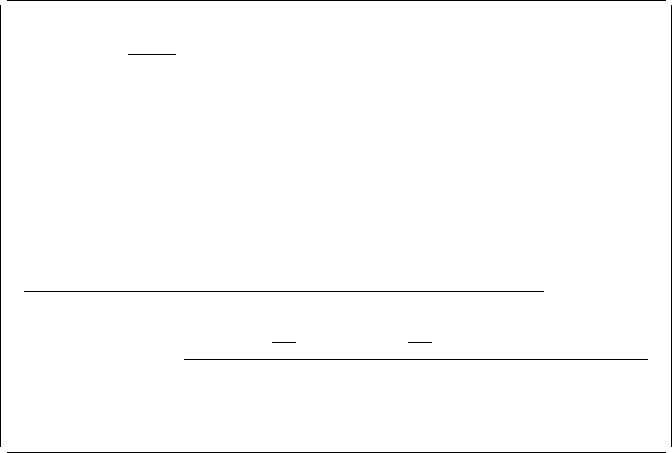
Step 3. When you define a line, a box, or a graphic, move the cursor to the end
of the element, and press F6, F9, or F10 again. When you define other
elements, this step is not needed.
Step 4. The key entry area appears.
After these steps, the Overlay Utility and the Print Format Utility show the
key entry area in the Design display. The key entry area overrides the
lower part of the image area. See the following description for each
parameter in the key entry area and detailed information according to the
type of the element:
Text “Text” on page 233
Line “Line” on page 240
Box “Box” on page 243
Bar code “Bar Code” on page 253
Page segment “Page Segment” on page 263.
Graphics “Graphics” on page 269.
Record layout “Record Layout” on page 275.
Design Overlay Columns: 1- 74
| Control . . Source overlay . . . . . STATIONERY
ᑍ...+....1....+....2....+....3....+....4....+....5....+....6....+....7....
1
2 %T1
3
4
5
6
7
8
9
1
11
12
More...
Define Text
Mark . . . . . . : ᑍT1 Measurement method . . . . : Row/Column
Position . . . . . Across 32 Down 2
Text data . . . .
F3=Exit F4=Detail F6=Change measurement method
F12=Cancel F24=More keys
The key entry area format depends on the element type to be defined. In
the previous display, the Overlay Utility and the Print Format Utility assign
the element mark to this element and display it at the previous cursor
position on the image area. The Overlay Utility and the Print Format
Utility move the cursor to the appropriate input field on the key entry area.
For all the element types, you are asked to complete all mandatory
parameters in the key entry area to complete the element definition.
Step 5. Type the values for the parameters.
The Overlay Utility and the Print Format Utility prompt you to type the
mandatory parameters to create the element. For example, on the
display on page 231, you need to type the text data; This is an
example. as shown in the
Text data
prompt in the following display.
Chapter 13. Design Operation 231
